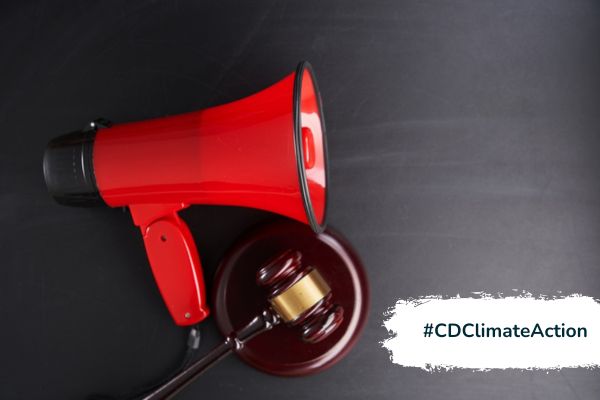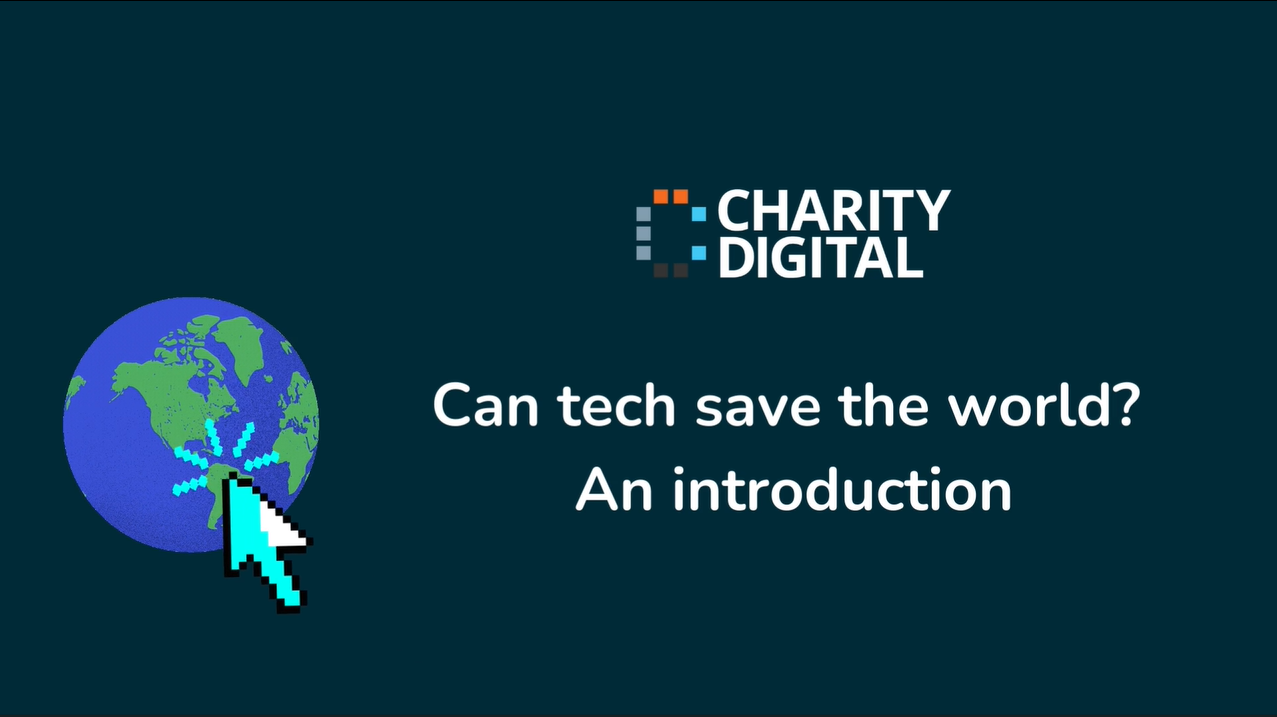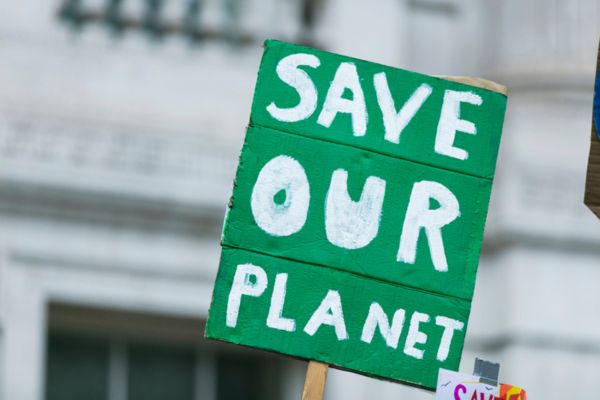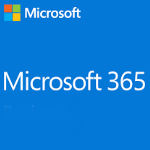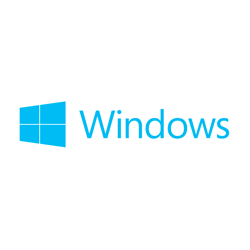Insights
INSIGHTS
All Topics
My Account
The best enterprise sustainability platforms
24 Nov 2023by Christine Chiu
We explore how you can start tracking sustainability across your organisation
It’s time to think about how sustainability is achieved at the organisational level. While individual behaviour is impactful and necessary, collective efforts will do more to tackle climate change. And digital platforms can help.
They offer a range of capabilities and benefits. They help charities chart progress in terms of sustainability and offer direct avenues to achieving your green ambitions.
Taking stock of what’s available to both small and large charities, we survey enterprise sustainability platforms and focus on key features and return on investment.
Greenly
You can start by outlining challenges that you face when accounting for carbon emissions. These might include no real-time analysis, zero transparency, and unclear calls-to-action. Overall, the problem is disconnection between ambition with strategy and action.
Greenly tackles the issue by providing oversight across the supply chain of products and services. The platform measures greenhouse gas (GHG) emissions from activities and, crucially, emissions avoided. There’s also a database of suppliers that have been scored and ranked on carbon metrics.
Why we like it: The focus on carbon emissions and tracking makes sense for scope 1, 2, and 3 targets, as helpfully defined by National Grid.
How much does it cost? The starter package is £99 per month, perfect for smaller charities.
Avarni
Taking aim at accounting standards for scope 1, 2, and 3 emissions, Avarni is like a financial management system in many ways. But rather than ‘accounting’ for money it looks at carbon from a supplier, emissions, and forecasting view.
The data reporting tool is very powerful. Once input, charities can generate reports based on the Task Force for Climate Disclosure (TFCD), Climate Disclosure Project (CDP), and Global Reporting Initiatives (GRI) standards. Ultimately, this framework sets the baseline for impact.
Why we like it: Climate disclosures are captured. This aligns well with institutional investors and their preferences.
How much does it cost? Only available on request. Be sure to book the demo first.
Amplify
This platform offers a solution to digital and sustainability transformation. The system addresses organisational change from projects and programmes and charts progress from the start.
For those involved with digital transformation, the platform manages progress, return on investment metrics, and adoption rates.
Sustainability projects are tracked on the same metrics as any other. The benefit is that management reports are streamlined and the data, once integrated, works in real time.
From this perspective, blending environmental, social, and governance (ESG) related projects with the organisation’s overall impact can be seen.
Why we like it: Charities benefit because the service isn’t limited to sustainability.
How much does it cost? There’s a free trial and pricing is on request.
Benevity
Few platforms take aim at community impact and rather focus on quantitative measures like CO2 emissions. Benevity takes a different approach.
It offers an organisational perspective for charities and non-profits donating and engaging with community initiatives. Benevity manages the application process, monitoring, and follow-up surveys. There’s also a CSR platform managing staff action, donation, and volunteering.
In addition to using the platform, charities and non-profits are recipients of funding. By registering charitable causes, corporate donors can select and donate.
Why we like it: The platform focuses on impact only.
How much does it cost? Depends on plans and add-ons selected.
Social Suite
The software-as-a-service platform bills itself as delivering meaningful results in months rather than years. The approach starts with coaching around an organisation’s Theory of Change. As a second step, Social Suite integrates with Salesforce to track outcomes. Third, long term impact is measured.
Why we like it: The customised service makes sense for charities on the start of their journey. Experts help charity staff think about how to ask the right questions and measure data.
How much does it cost? There’s a demo available before committing.
Watershed
Perfect for large, sprawling organisations, Watershed’s systematic approach to measuring carbon emissions aligns with the Financial Conduct Authority (FCA) framework.
The format for reporting matches up with the FCA, TFCD, and other major disclosure guidelines. Like accounting software, the platform can pull data from sources and produce reports that can be submitted to management and supervisory bodies.
There’s also functionality to reduce supply chain emissions.
Why we like it: For international charities, disclosures can be made on a single platform.
How much does it cost? Inquire within.
Position Green
The main audience for Position Green’s SaaS platform is large corporations. However, there are meaningful features here. The ESG solutions can be selected from a number of different frameworks including CDP, Global Reporting Initiative, UN Sustainable Development Goals, GHG Protocol, and others.
From a practical standpoint, Position Green may be an avenue for ambitious charities. Charities on the platform may tap into a network of global investors and donors because reporting formats align with regulatory guidelines.
Why we like it: Purpose-built enterprise system targets global frameworks.
How much does it cost? Inquire within.
More on this topic
Related Content
Recommended Products
Recommended Products
Related Videos
Our Events
Charity Digital Academy
Our courses aim, in just three hours, to enhance soft skills and hard skills, boost your knowledge of finance and artificial intelligence, and supercharge your digital capabilities. Check out some of the incredible options by clicking here.






